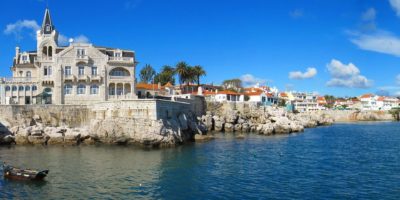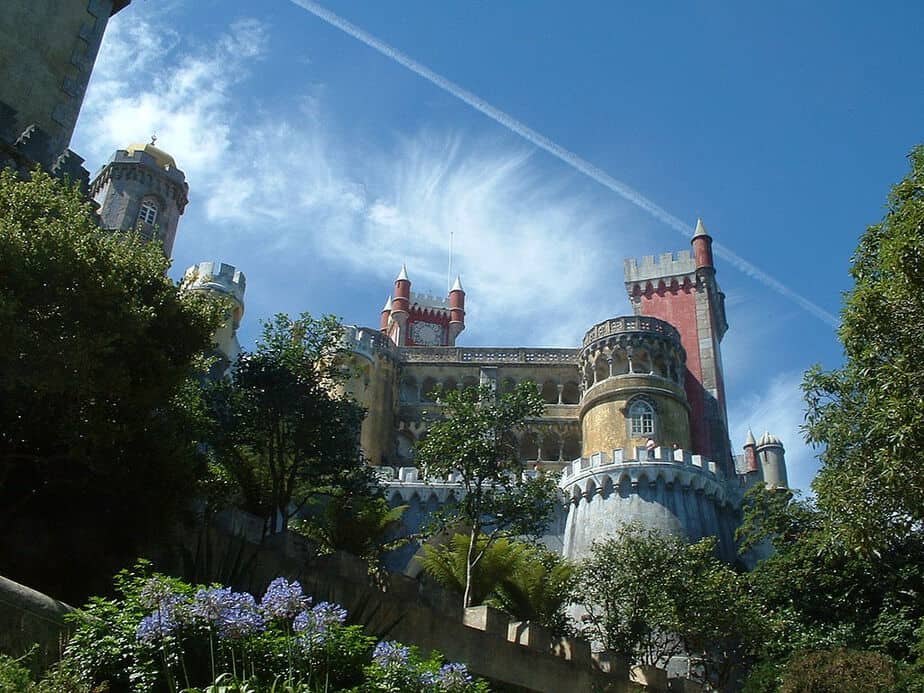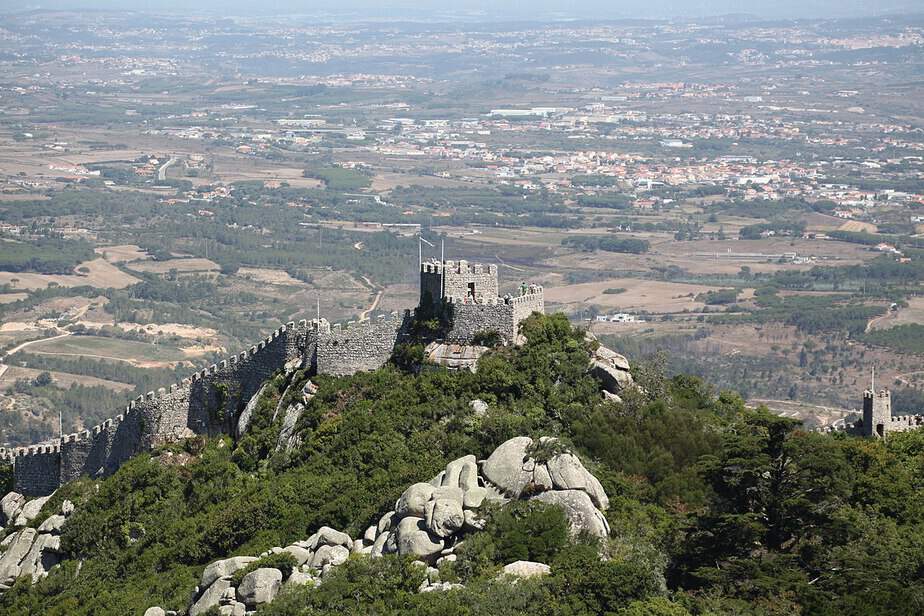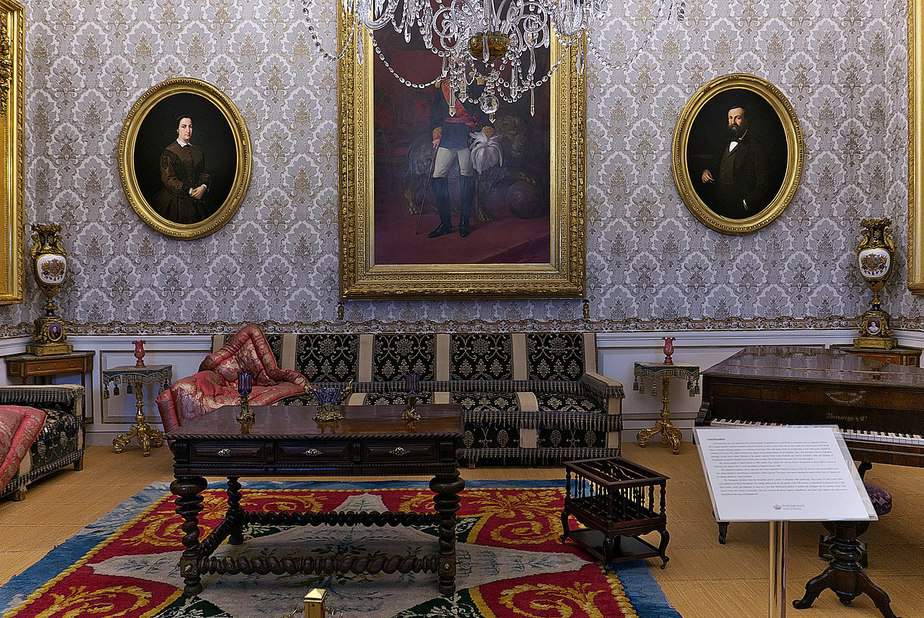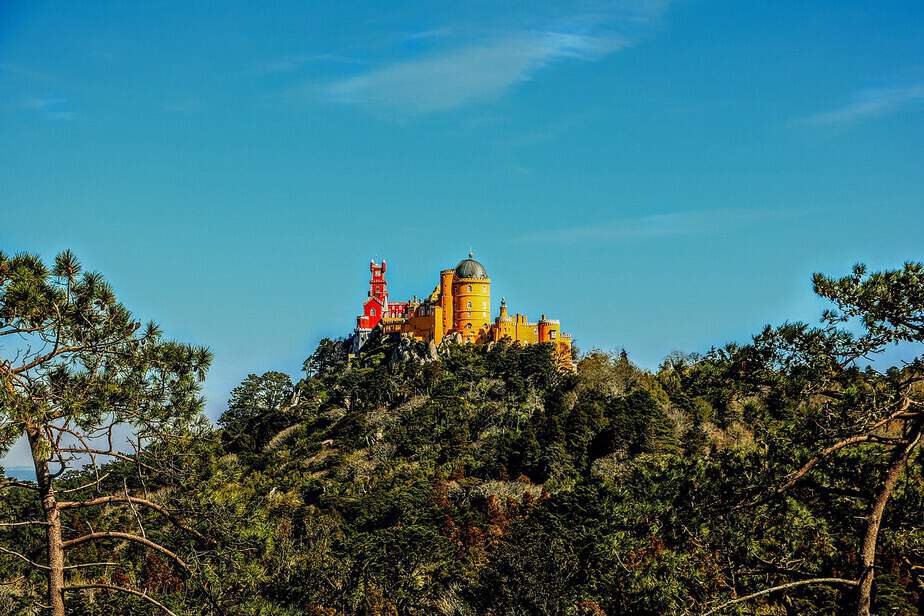Why You Must Go to Lisbon’s Palácio Nacional da Pena
The Pena National Palace, also sometimes called the Pena Castle, is located in Sintra, about 30 km from Lisbon. This is the first palace built in Europe in the era of Romanticism. Pena Palace is a national monument of Portugal, included in the UNESCO World Heritage List, as well as in the Seven Wonders of Portugal.
Quick Facts on the Palácio Nacional da Pena in Sintra
History of the Pena Palace
The story began with a small Catholic chapel built on top of a hill in Sintra during the reign of João II in the 15th century. In the 16th century, the fifth king of Portugal, Manuel I, ordered the construction of a monastery at this place.
In the 18th century, the monastery suffered greatly from a lightning strike, and then suffered damage as a result of the earthquake of 1755 and stood in a ruined state until the 19th century.
In 1838, King Fernando II decided to acquire an old monastery, a forest surrounding it, estates and a Moorish castle. The project to rebuild the destroyed monastery into a palace-summer residence was headed by German architect Ludwig von Eschwege. However, the king himself influenced the present appearance of the Pena Palace and introduced a number of changes to the reconstruction project.
After the death of Fernando II, Pena’s palace went to his second wife, actress and opera singer Alice Hensler. In 1889, the widow sold the palace to the state, and after the fall of the Portuguese monarchy in 1910, the palace received the status of a museum, with the official name Pena National Palace.
Architecture and Interiors in the Pena Palace
Neo-Gothic, Neo-Manueline, Neo-Mauritanian style (Islamic influence) are deliberately mixed in architecture – this is due to the passion for exotic, which is characteristic of the era of Romanticism.
The walls of the palace are supported by huge boulders.
Structurally, the palace can be divided into 4 areas:
- District walls with two doors, one of which has a drawbridge;
- The body is a former monastery located at a small angle on the top of a hill, with jagged elements and a clock tower;
- The courtyard opposite the chapel with the Moorish wall and arches;
- The palace itself, with its large cylindrical bastion, with interiors in the style of the Romantic era.
Inside the palace, there are more than 10 rooms in which there are collections of furniture, ceramics and porcelain, chandeliers, stained glass windows and other interior items of the XVI-XV centuries.
In the kitchen of Pena Palace, you can see a collection of French copper dishes and services with the coat of arms of Ferdinand II.
The Park in the Pena Palace
Usually, tourists do not have enough time and energy for a walk in the park itself. Park Pena Palace occupies more than 200 hectares. It was created as a whole and is a union of gardens, bridges, caves, fountains, sculptures and, arbors. In it were houses for servants, greenhouses, rose gardens. All this is surrounded by a picturesque forest and in the immediate vicinity of the medieval castle of Moors.
How to get to the Pena Palace
Public transport
- By train from Lisbon to the station. Sintra is most convenient to get from Rossio station. It is also possible from the Orient and Entrecampos station.
- The bus number 434 goes to the palace – the fare costs € 6.90 round-trip, paid by the driver. Stop near the railway station – from the main exit immediately to the right. Or you can walk to the palace (about 40 minutes)
By car
You can drive to Sintra on the IC19 (from Lisbon), on IC30 (from Mafra) or on EN9 (via A5 / Cascais).
Practical Information
The park
09:30 – 20:00, ticket office until 19:00
The Palace
09:45 – 19:00, ticket office until 18:15
Ticket prices
Palace + Park
Adult (18-64 years old) / child (6-17 years old) / over 65–14 € / 12.50 € / 12.50 €
A park
Adult (18-64 years old) / child (6-17 years old) / over 65 – 7.50 € / 6.50 € / 6.50 €
Before going to the Pen Palace in Sintra always take only the most comfortable clothes and shoes as you will be walking a very long way. It would also be advisable if you could take a bottle of water because it’s quite a good marathon for all people. Always enjoy the moment and see the beauty of the palace and the green forest surrounding!
Planning a trip to Paris ? Get ready !
These are Amazon’s best-selling travel products that you may need for coming to Paris.
Bookstore
- The best travel book : Rick Steves – Paris 2023 – Learn more here
- Fodor’s Paris 2024 – Learn more here
Travel Gear
- Venture Pal Lightweight Backpack – Learn more here
- Samsonite Winfield 2 28″ Luggage – Learn more here
- Swig Savvy’s Stainless Steel Insulated Water Bottle – Learn more here
Check Amazon’s best-seller list for the most popular travel accessories. We sometimes read this list just to find out what new travel products people are buying.



